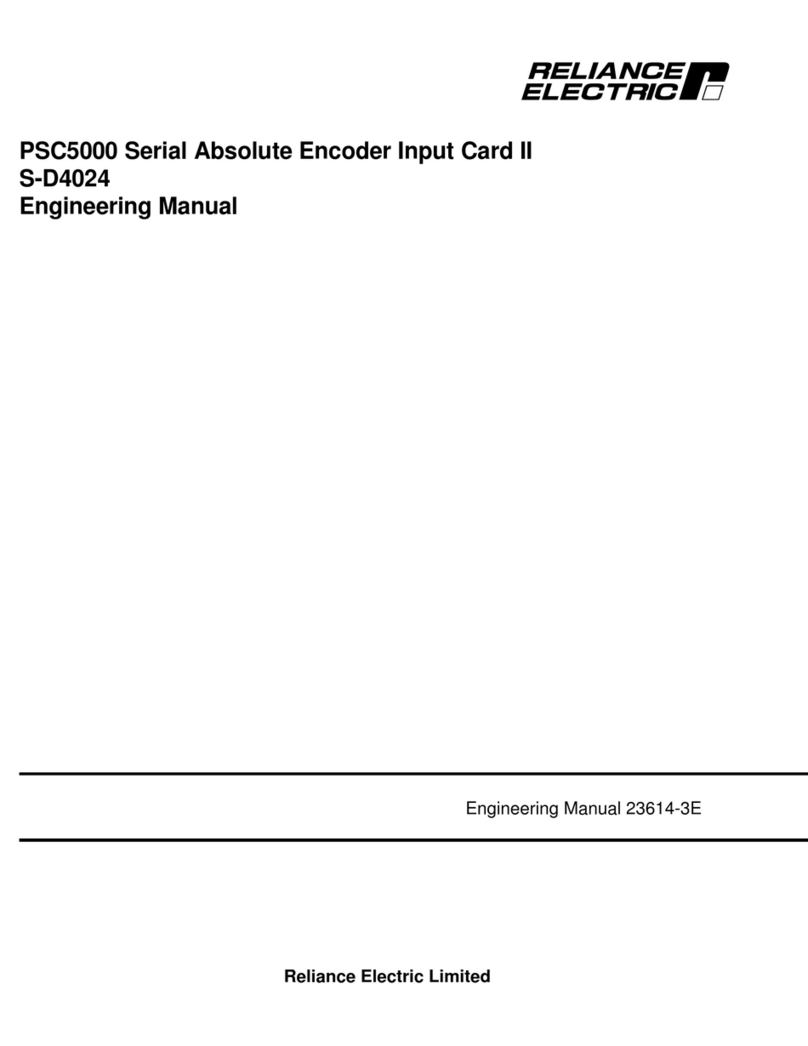
©2006 Rockwell International Corporation
Solid state equipment has operational characteristics differing from those of electromechanical equipment.
Safety Guidelines for the Application, Installation, and Maintenance of Solid State Controls (Publication SGI-
1.1 available from your local Rockwell Automation sales office or online at http://
www.rockwellautomation.com/literature) describes some important differences between solid state
equipment and hard-wired electromechanical devices. Because of this difference, and also because of the
wide variety of uses for solid state equipment, all persons responsible for applying this equipment must satisy
themselves that each intended application of this equipment is acceptable.
In no event will Rockwell Automation, Inc. be responsible or liable for indirect or consequential damages
resulting from the use of application or this equipment.
The examples and diagrams in this manual are included solely for illustrative purposes. Because of the many
variables and requirements associated with any particular installation, Rockwell Automation, Inc. cannot
assume responsibility or liability for actual use based on examples and diagrams.
No patent liability is assumed by Rockwell Automation, Inc. with respect to use of information, circuits,
equipment, or software described in this manual.
Reproduction of the contents of this manual, in whole or in part, without written permission of Rockwell
Automation, Inc. is prohibited.
The information in this manual is subject to change without notice.
Throughout this manual, when necessary, we use notes to make you aware of safety considerations.:
Important: Identifies information that is critical for successful application and understanding of the product.
!
WARNING: Identifies information about practices or circumstances that can cause an cause an
explosion in a hazardous environment, which may lead to personal injury or death, property damage,
or economic loss.
!
ATTENTION: Identifies information about practices or circumstances that can lead to personal injury or
death, property damage, or economic loss. Attentions help you identify a hazard, avoid a hazard, and
recognize the consequences.
SHOCK HAZARD:Labels may be located on the inside of the equipment (e.g., drive or motor) to alert people
that dangerous voltage may be present.
ATTENTION: Identifies information about practices or circumstances that can lead to personal injury or
death, property damage, or economic loss. Attentions help you identify a hazard, avoid a hazard, and
recognize the consequences.
GV6000, SP600, MD65, and Reliance Electric are trademarks of Rockwell Automation.




























